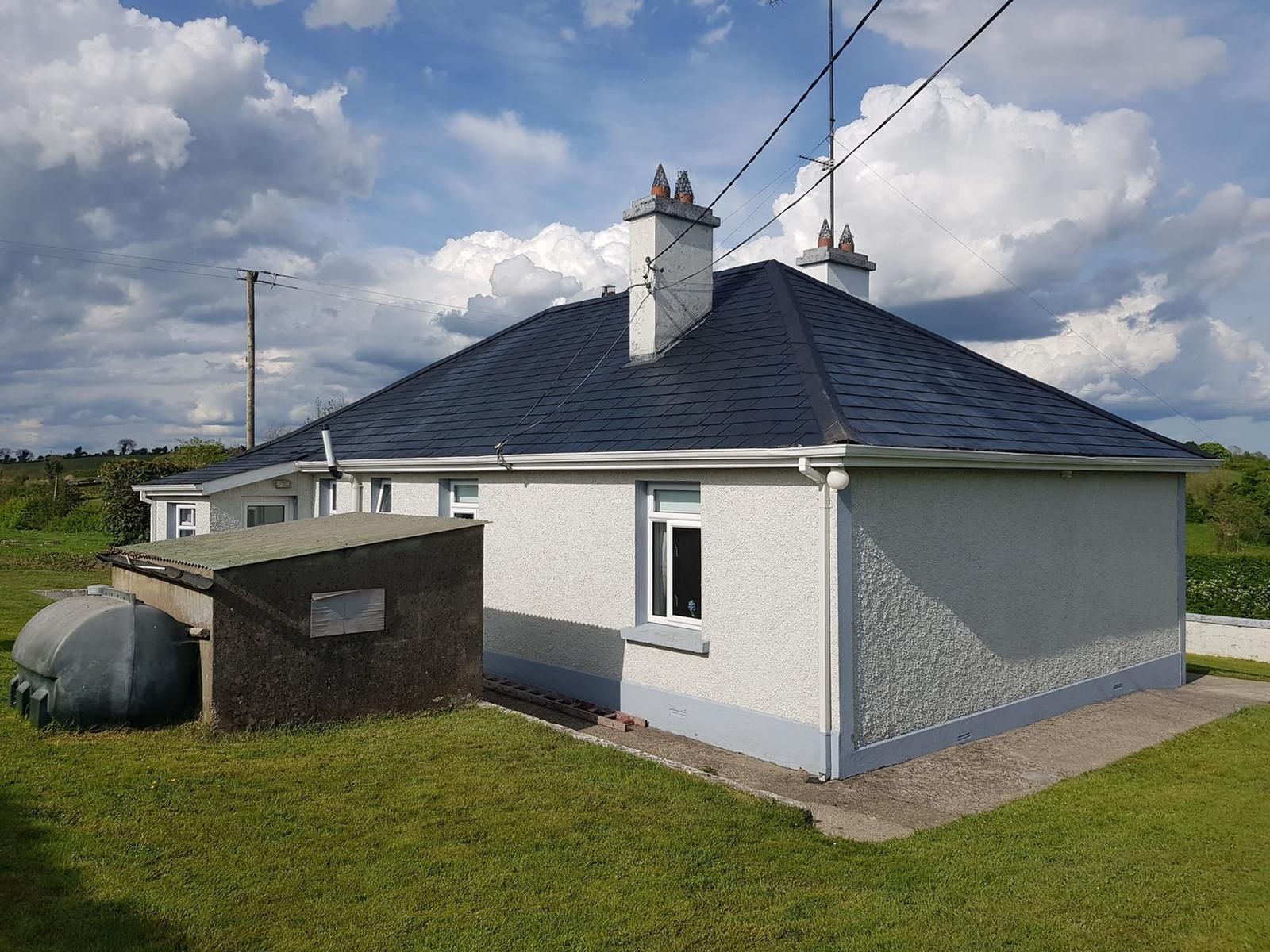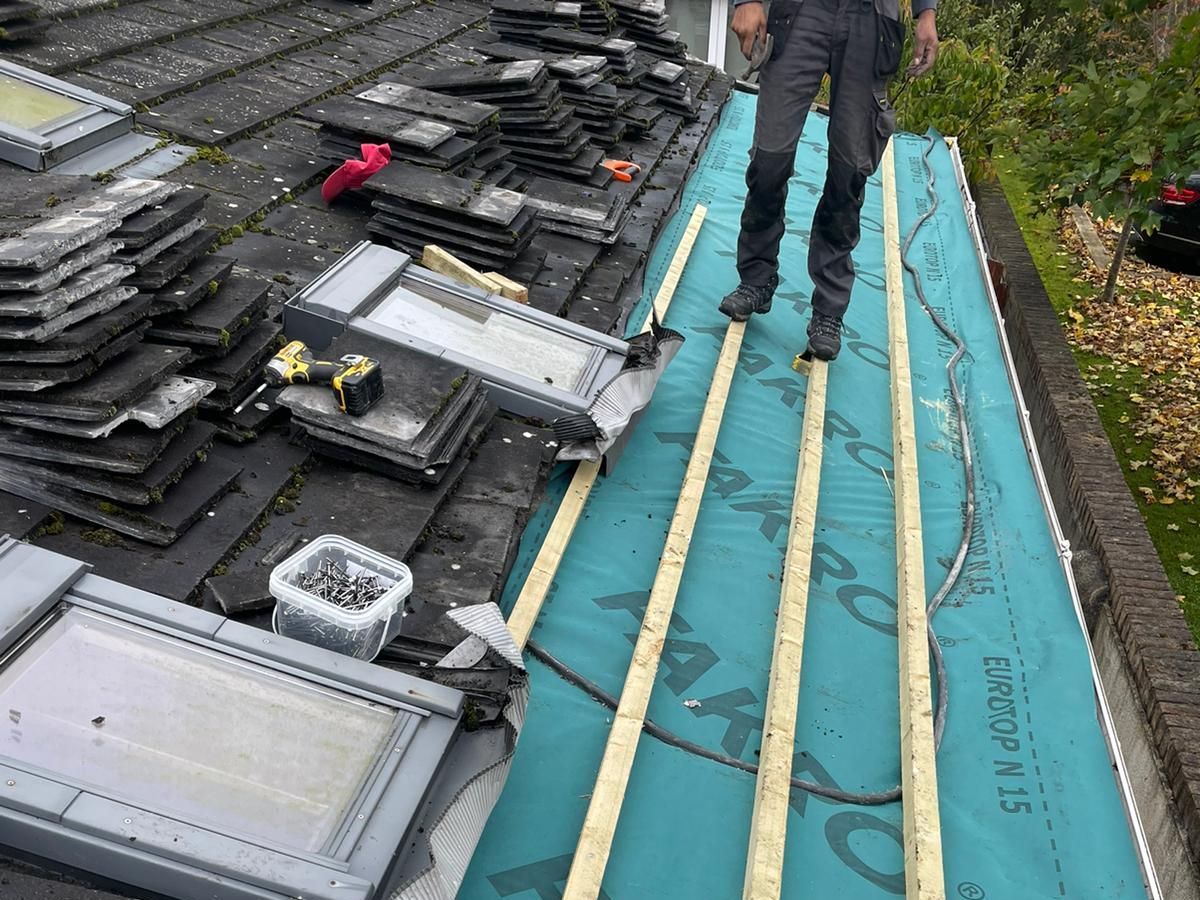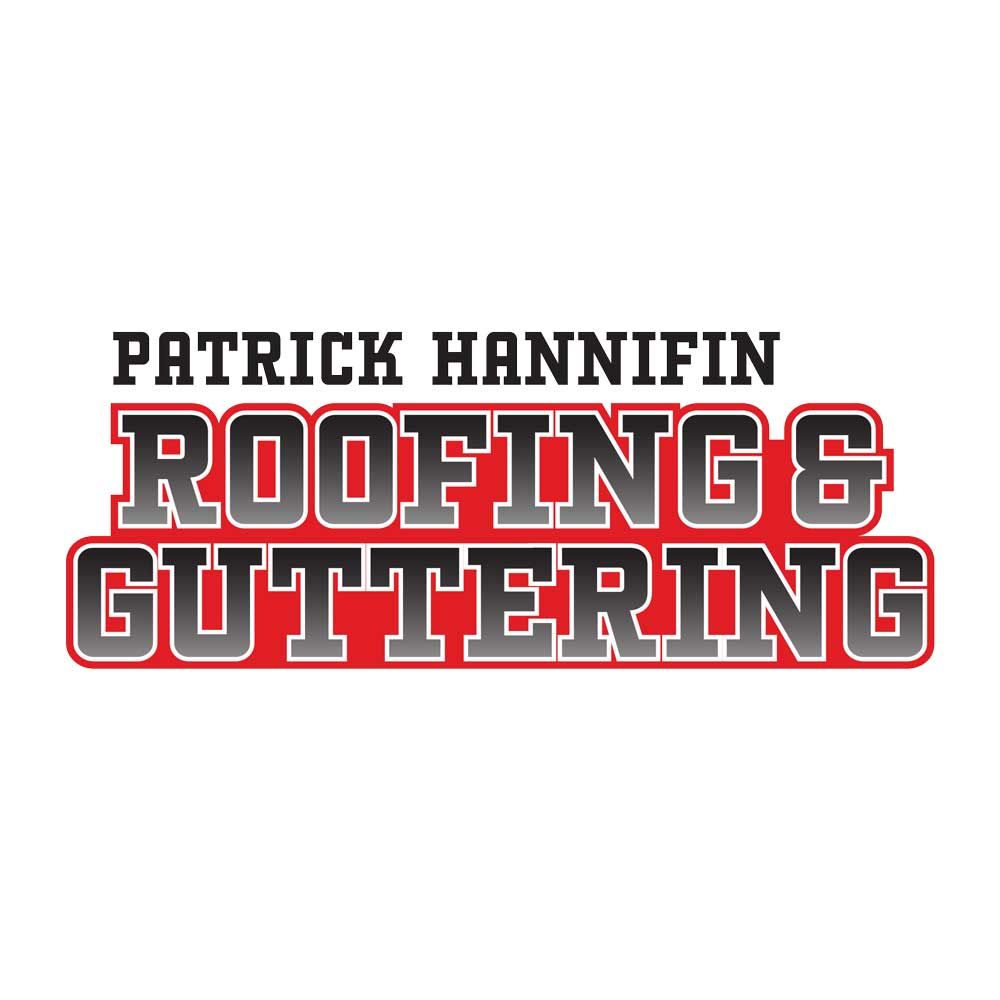Choosing the Right Roofing Contractor in Ireland: What You Need to Know

When it comes to repairing or replacing your roof, choosing the right contractor is one of the most important decisions you’ll make. A roof is one of the biggest investments in any property, and a poorly done job can lead to costly problems down the line. With so many roofing companies advertising their services, how can you ensure you're hiring a trusted professional?
In this guide, we’ll explain what to look for when choosing a roofing contractor in Ireland, questions to ask, and red flags to avoid.
Why Your Choice of Roofer Matters.
A quality roofing contractor will not only complete the job correctly but also ensure it lasts. Good workmanship protects your home from the elements, saves you money in future repairs, and adds value to your property.
Key Qualities of a Reliable Roofing Contractor.
Look for these traits when researching local roofing contractors:
- Experience and reputation: A well-established business with years of experience and positive reviews is a strong sign of reliability.
- Insurance and certification: Your contractor should have public liability insurance and be fully compliant with health and safety standards.
- Written quotes and contracts: Everything should be documented clearly, including timelines, materials, and guarantees.
- Local references: Check online testimonials or ask for case studies from previous Irish clients.
Questions to Ask Before Hiring.
Don’t be afraid to ask direct questions:
- How long have you been in business?
- Can you provide proof of insurance?
- What type of roofing work do you specialise in?
- Do you offer guarantees on your work?
- What’s your lead time and how long will the job take?
Avoiding Common Pitfalls.
Be cautious of contractors who:
- Ask for large cash payments upfront
- Refuse to put anything in writing
- Can’t provide a business address or landline number
- Offer an unusually low quote—if it sounds too good to be true, it probably is
Trust Patrick Hannifin Roofing
We’ve built a strong reputation across Ireland for providing professional roofing and guttering services. We are fully insured, experienced, and committed to quality craftsmanship on every job—big or small.
How do I check if a roofer is insured?
Ask to see a copy of their public liability insurance. A reputable contractor will have no problem providing this.
What’s the risk of hiring an unlicensed roofer?
They may do substandard work and you’ll have no recourse if something goes wrong. You also risk voiding your home insurance.
Is it better to hire a local roofing contractor?
Yes. Local contractors are easier to reach, more familiar with regional building standards, and often more invested in maintaining their reputation.
Should I get multiple quotes?
Yes. Comparing at least 2–3 quotes gives you a better sense of pricing and professionalism.




